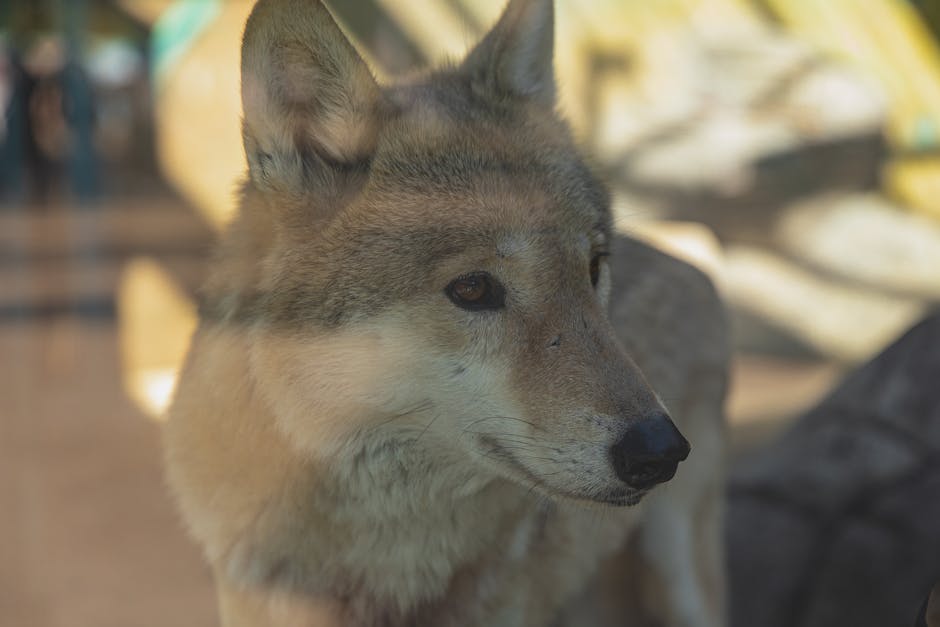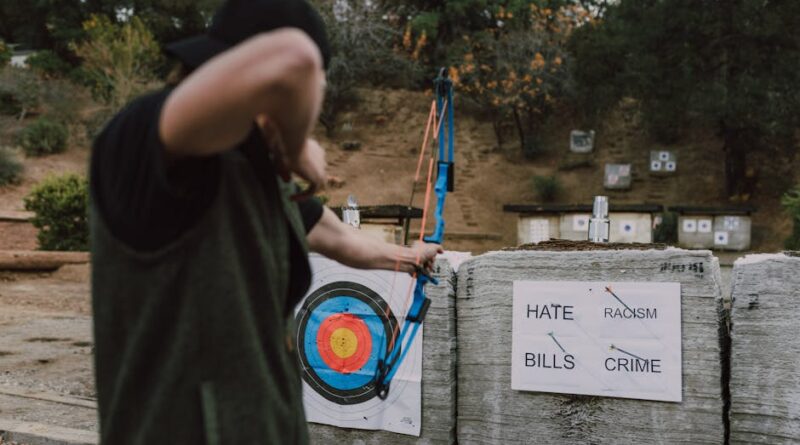Exploring Wildlife Conservation Through Archery
When we think of wildlife conservation, images of national parks, animal sanctuaries, and environmental protection measures often come to mind. However, there is a lesser-known yet highly effective method that has been gaining traction in recent years wildlife conservation through archery. This unique approach combines the ancient art of archery with modern conservation efforts, creating a harmonious balance between wildlife management and traditional hunting practices. In this article, we will delve into the fascinating world of wildlife conservation through archery, exploring its history, benefits, challenges, and future implications.
The History of Archery in Wildlife Conservation

Archery has a long and storied history dating back thousands of years. In ancient civilizations, archery was not only a means of hunting for survival but also a tool for warfare and competition. As societies evolved, archery remained a popular sport and recreational activity, with modern advancements in technology making it more accessible than ever before. However, it wasn’t until recently that archery became recognized as a valuable tool for wildlife conservation.
One of the earliest uses of archery in conservation can be traced back to the United States in the early 20th century. During this time, wildlife populations were dwindling due to overhunting and habitat destruction. To combat this decline, conservationists turned to archery as a sustainable method of wildlife management. By implementing hunting regulations and promoting the use of archery equipment, they were able to restore balance to ecosystems and prevent the extinction of many species.
The Benefits of Wildlife Conservation Through Archery

There are numerous benefits to using archery as a tool for wildlife conservation. One of the most significant advantages is its precision and accuracy. Unlike firearms, which can cause collateral damage and unintended harm to non-target species, archery allows for more targeted and humane hunting practices. This precision is especially crucial in conservation efforts aimed at controlling overpopulated species or managing invasive species that pose a threat to native wildlife.
Furthermore, archery promotes a deeper connection between hunters and the natural world. By requiring hunters to develop their skills, patience, and knowledge of animal behavior, archery fosters a greater respect for wildlife and the environment. This increased awareness can lead to more ethical hunting practices, as hunters become more attuned to the importance of conservation and sustainable resource management.
Additionally, archery can be a more environmentally friendly alternative to other hunting methods. Traditional bowhunting equipment is typically quieter and less disruptive to ecosystems, reducing the impact on wildlife and their habitats. This makes archery an ideal choice for conservationists looking to minimize their ecological footprint while still effectively managing wildlife populations.
Case Studies in Wildlife Conservation Through Archery

Several case studies around the world have demonstrated the effectiveness of using archery for wildlife conservation. In South Africa, for example, conservationists have successfully employed bowhunting as a method of controlling the population of invasive species such as feral pigs and goats. By targeting these non-native species with archery equipment, they have been able to reduce their numbers and protect native flora and fauna from competition and predation.
In the United States, organizations like the National Archery in the Schools Program (NASP) have been instrumental in introducing archery to a new generation of conservationists. By teaching students the fundamentals of archery and promoting ethical hunting practices, NASP aims to instill a sense of responsibility and stewardship for the environment. This hands-on approach to conservation education has proven to be highly effective in engaging young people in wildlife management and conservation efforts.
Challenges and Controversies in Archery-based Conservation

While archery offers many benefits for wildlife conservation, it is not without its challenges and controversies. One of the main concerns surrounding archery-based conservation is the potential for animal suffering. Despite its precision, archery equipment can sometimes result in less-than-lethal shots that cause unnecessary pain and suffering to animals. Conservationists and hunters must prioritize ethical hunting practices and ensure that all efforts are made to minimize suffering and ensure a quick, humane kill.
Another challenge is the perception of archery as a less effective or practical method of wildlife management compared to firearms. Some critics argue that archery is not as reliable or efficient as firearms in controlling wildlife populations, especially in large-scale conservation efforts. However, proponents of archery-based conservation point to its many advantages, such as its precision, environmental sustainability, and cultural significance, as reasons to continue its use in wildlife management.
The Future of Wildlife Conservation Through Archery
As we look towards the future, the role of archery in wildlife conservation is likely to expand and evolve. Advancements in technology, such as the development of more powerful and accurate bowhunting equipment, will continue to improve the efficiency and effectiveness of archery-based conservation efforts. Additionally, increased awareness of the importance of sustainable hunting practices and wildlife management will drive the adoption of archery as a preferred method for conservationists and hunters alike.
Moreover, the growing interest in traditional skills and outdoor activities, such as archery and bowhunting, among younger generations bodes well for the future of wildlife conservation through archery. By promoting these time-honored practices and engaging new audiences in conservation efforts, we can ensure the preservation of wildlife populations and their habitats for generations to come.
To Wrap Things Up
Wildlife conservation through archery is a unique and effective approach to preserving biodiversity and promoting sustainable resource management. By combining the ancient art of archery with modern conservation practices, we can achieve a harmonious balance between human activities and the natural world. As we continue to explore the potential of archery in wildlife conservation, it is essential to prioritize ethical hunting practices, environmental sustainability, and the preservation of our natural heritage. Together, we can make a lasting impact on the future of wildlife conservation through archery.




